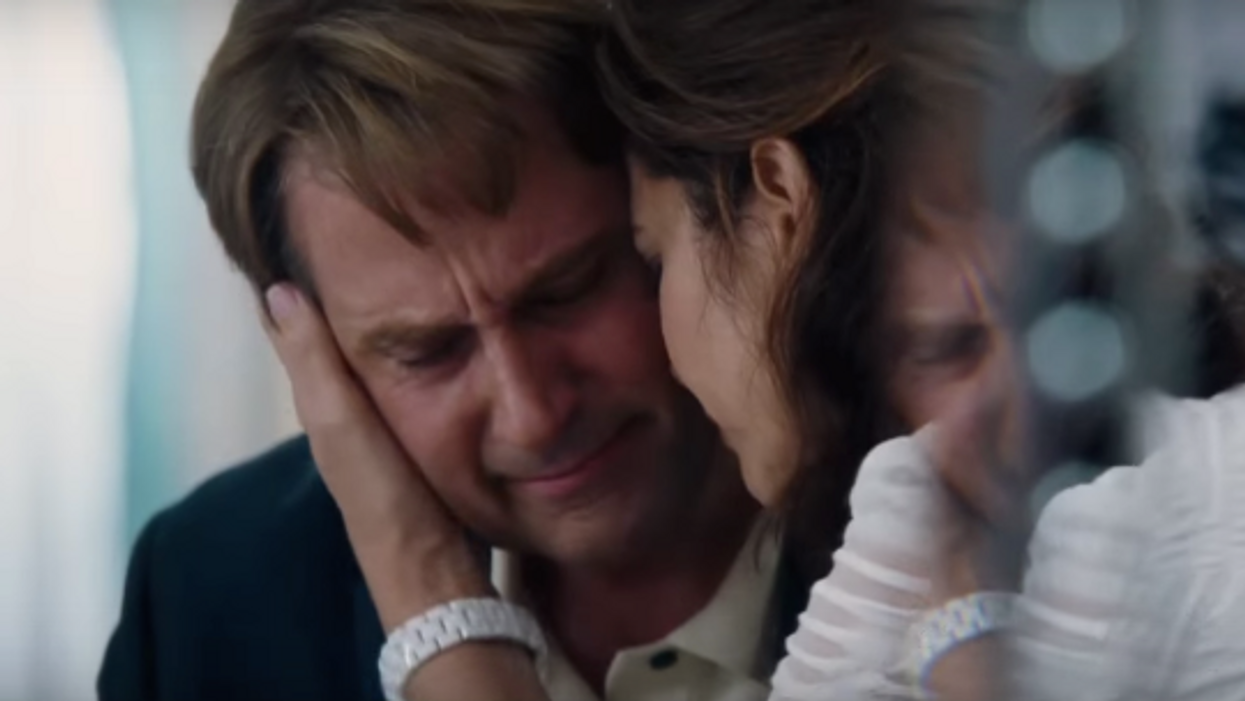Breaking the Fourth Wall is Not the Most Important Storytelling Element in ‘The Big Short’
Breaking the fourth wall makes The Big Short accessible. But it's not what draws us into the story.

If you haven't heard by now, screenwriter Adam McKay decided to break the fourth wall in The Big Short. Actually, if you haven't seen the movie yet, this is probably all you know about The Big Short. That, and it's a "funny" film about the bursting of the housing bubble and the collapse of the American economy in 2008.
McKay's decision to break the fourth wall (having a character address the camera directly) with the likes of Selena Gomez, Margot Robbie and Anthony Bourdain is inspired, and is arguably the reason The Big Short is so accessible. Co-writer Charles Randolph has said that he is jealous of McKay for not thinking of the idea himself and gives McKay all of the credit for this move.
Despite all of the talk about the genius of breaking the fourth wall in The Big Short, I argue that this is not the most important storytelling element of the film. This technique certainly opens the door for the audience (to mix housing metaphors), but three key emotional scenes really suck us into the story. Without these scenes, The Big Short would lose its most crucial element: its heart.

[Spoiler alert: we're going to talk about the film in some detail, so either go watch the movie right now or read the script, then continue.]
The emotional weight of the pending collapse first hits our characters when Mark Baum's (Steve Carell) team visits half-deserted neighborhoods in Florida. When Danny Moses (Rafe Spall), one of Baum's team, knocks on the door of an unsuspecting renter to ask about the house's mortgage holder, who is several months late on his payment, the story gets very personal. Danny can only tell the renter to call his landlord when the renter asks if he and his family are in danger of getting kicked out, despite making their rent payments on time. Just as Danny is confirming that their firm should short the housing market, he can't quite shake the knowledge of the oncoming hardship for so many families just like this one. At a Writers Guild Foundation event in January, Randolph explained how this scene really captured the emotional essence of the film for him, and he's not alone in citing this scene as one of the most memorable in the film.
The next pivotal scene to drive home the emotional weight of story arrives when Brad Pitt's character Ben Rickert turns on Charlie Geller (John Magaro) and Jamie Shipley (Finn Wittrock) as they celebrate their recent deals and tells them, "Don't dance." Rickert then drops some knowledge about what it means to bet against the American economy, including the fact that for every point unemployment goes up, forty thousand people die. With that gut punch, we come back down to earth with Charlie and Jamie.
Finally, the emotional story arc of Mark Baum coming to terms with the loss of his brother before the film begins may seem extraneous to the story, but actually grounds the character's frustration with the unchecked greed of Wall Street. McKay has said in interviews that he respected the wishes of Steve Eisman (the real person upon whom Mark Baum is based) and his wife to not include the actual tragedy that they had suffered in the film. McKay, however, still felt strongly that this tragedy defined Eisman during this period of his life, and Eisman's wife agreed. As a result, McKay pitched the Eismans several alternatives until they agreed that the suicide of the character's brother carried similar emotional weight. Eisman and his wife asked that they change their names in the film due to this fictionalization. McKay knew that if the audience didn't feel and understand Mark Baum's pain, they likely wouldn't sympathize with him or root for his team as they rage against the machine.
So while breaking the fourth wall in The Big Short helps us understand the convoluted Wall Street jargon, these three key sequences pull audiences into the emotional devastation left in the wake of the financial collapse. And no attractive celebrity can turn to camera and tell us how to feel all the feelings.
The Black List Table Reads: Charles Randolph
Scriptnotes - Bonus Episode: Craig Mazin, Adam McKay and Charles Randolph (Premium Subscription)















